
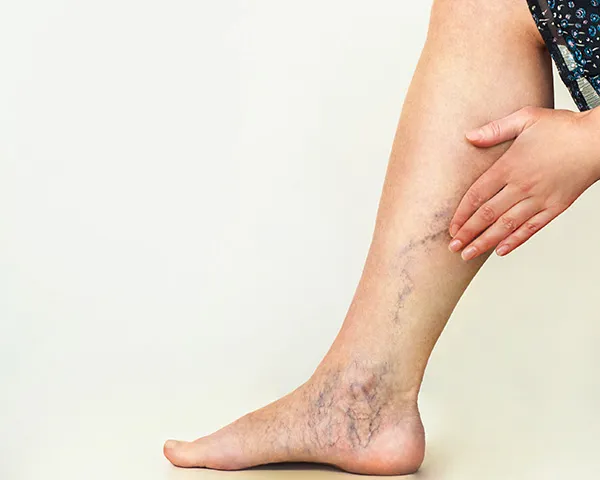


Varicose veins are the prominent, bluish bulges frequently seen in the legs. These unsightly veins are non-functional and are no longer contributing to the circulation of the leg. These swollen and twisted veins are the result of stagnant blood caused by faulty valves, making the blood back up instead of returning to the heart. This problem can be easily diagnosed with a simple, painless ultrasound study. Not only are varicose veins a major cosmetic concern, but as they enlarge, they can produce symptoms such as pain, itching, heaviness, bleeding, skin ulceration, discoloration, and swelling. Early diagnosis can prevent all of this.
Venous insufficiency is a common and the most severe form of vein disease resulting from decreased blood flow from the veins in the legs to the heart, leading to blood pooling in the veins of the legs. This can lead to changes in skin color, dermatitis, swelling, scar formation in the skin and even the fat below the skin, as well as formation of skin ulcers.
Many potential causes of venous insufficiency include:
• Age
• Gender (women have an increased risk compared to men)
• Family history
• Pregnancy
• Prolonged sitting or standing
• Deep vein thrombosis (blood clots in the deep veins of the legs)
• Smoking
• Obesity
• Sedentary lifestyle
• Aching, pain, pressure, heaviness, swelling or fatigue of the legs, ankles, or feet
• Leg cramps
• Restlessness of the legs
• Visible varicose veins
• Ulcers, or open wounds that are slow to heal, on the legs or ankles
• Skin changes on the legs and ankles, such as redness, brown spots, and/or a thickening and hardening of the skin on the legs and ankles
It is important to note that you can have venous insufficiency without having visible varicosities.
Chronic venous disease of the legs is one of the most common conditions affecting people. About 50 to 55 percent of women and 40 to 45 percent of men in the United States suffer from some type of vein problem.
Venous insufficiency is a progressive disease, and its symptoms will intensify over time. Without treatment, early symptoms of venous disease can lead to changes of skin and surrounding tissue, clotting in the superficial veins that causes severe pain, an increased chance of superficial venous thrombophlebitis (inflammation of a vein caused by a blood clot), spontaneous bleeding of a exposed or injured vein, or ulcerations and wounds on the leg that will not heal.
Varicose veins are prominent, bulging veins that have become enlarged and twisted. They are distinguished from reticular veins (blue veins) and telangiectasias (spider veins) by their size and location. Varicose veins are common in the superficial veins of the legs, as they are subject to high pressure from standing. Not only are varicose veins a major cosmetic concern, but they are often painful and itchy and can lead to skin ulceration.
The normal function of veins is to carry blood back to the heart. To prevent blood from flowing in the wrong direction, veins have numerous one-way valves. If the valves fail, blood flows back down the legs resulting in enlarged and tortuous veins (varicose veins) as a direct result of increased pressure from reflux. Risk factors include genetics, obesity, pregnancy, increasing age and prolonged standing.
Varicose veins affect 50% of people aged 50 and older, and 15 to 25% of all adults.
• Aching pain that may get worse after sitting or standing for a long time
• Throbbing
• Cramping (particularly at night)
• Heaviness
• Swelling
• Rash that’s itchy or irritated
• Darkening of the skin
• Restless legs
Varicose veins tend to become gradually worse. As the varicose veins become larger, the risk of associated complications increases. In some cases, varicose veins can lead to more serious health problems including: skin ulcers or sores, bleeding and blood clots.
Spider veins, or telangiectasias, are small abnormal veins are usually appear blue, red or purple. Sometimes they are only a cosmetic issue but are often a sign of an underlying problem in larger, deeper veins which aren’t visible. Many people have lived with spider veins for so long they don’t realize that the symptoms are being caused by their veins.
The normal function of veins is to carry blood back to the heart. To prevent blood from flowing in the wrong direction, veins have numerous one-way valves. If the valves fail, blood flows back in the opposite direction resulting in enlarged and broken veins (spider veins). Risk factors include genetics, obesity, pregnancy, smoking, high blood pressure, sun damage (especially on the face), and limited physical activity.
Spider veins are a common condition that affects many adults and becomes more prevalent with age. Spider veins and varicose veins affect up to 50% of the adult population.
Spider veins often cause no signs or symptoms other than their undesirable cosmetic appearance. If symptoms do arise, they can include pain directly over or in the area of the spider vein, itching or burning at or around the spider veins, or heat in the area of the spider veins.
While pure spider veins are not dangerous, if they are associated with other symptoms such leg pain, leg heaviness, very dry skin, hair loss on your legs and feet, sores or rashes on your legs or feet, frequent bruising on your legs or discoloration of the skin on your calves or feet, you may also have varicose veins, which can lead to more serious health problems.

Leg Swelling

Leg Heaviness

Restless Leg Syndrome

Leg Cramps
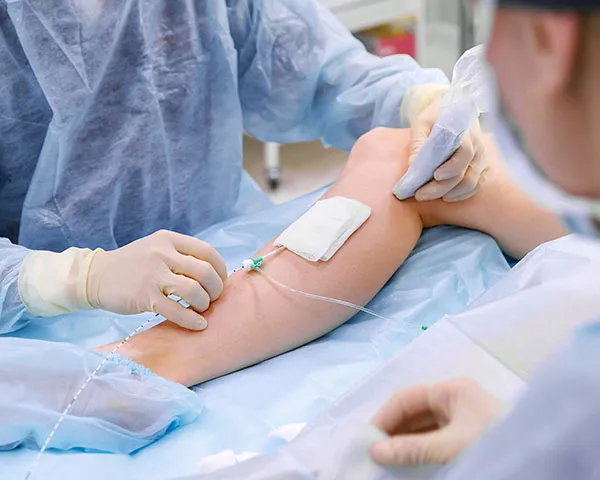
Venous ablation is a minimally invasive treatment technique that is performed on an outpatient basis under imaging guidance. It has emerged as one of the most effected and minimally disruptive treatments for varicose veins.
While both procedures are performed under ultrasound guidance and are used to treat varicose veins, RFA is often the treatment of choice. RFA is a minimally invasive procedure in which pulses of radiofrequency energy is delivered to an anesthetically treated area via a thin catheter in the damaged vein. The energy will create heat from the catheter causing the vein to scar down and close. On the other hand, sclerotherapy involves injecting a foam sclerosant into varicose veins. The chemicals in the foam damage the inner lining of the damaged or diseased blood vessels causing the vessels to scar down and close.
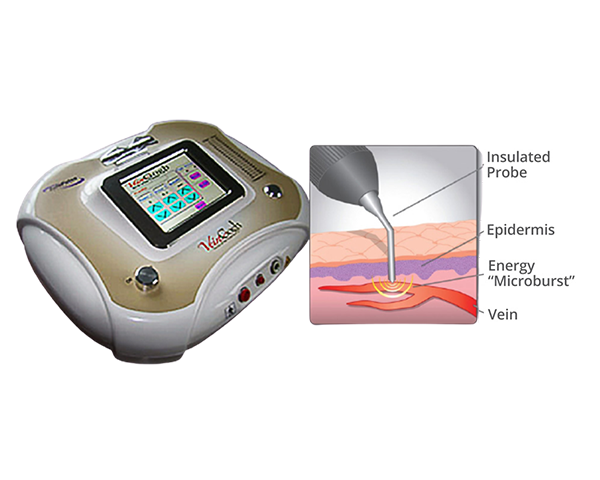
The VeinGogh system is a minimally invasive, in-office procedure that uses heat to target damaged veins. It is an alternative for veins that are too small to be addressed by sclerotherapy or radiofrequency ablation. The procedure may be used alone or in combination with other vein treatments to achieve the best possible results.
VeinGogh uses microburst technology and an innovative process known as the Ohmic Thermolysis System, which uses heat to collapse a damaged vein. A pencil sized stylus contains a hair-like fiber that is to be inserted into the vein to be treated. Once the fiber has located the vein, a microburst of controlled heat energy is delivered directly inside, damaging the vein walls so it seals shut and eventually collapses. The collapsed vein is then gradually reabsorbed by the body and blood is rerouted through healthy veins nearby.
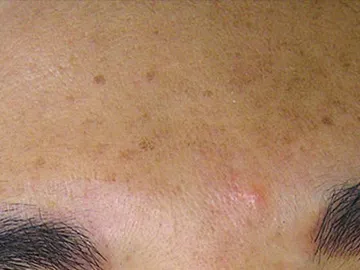
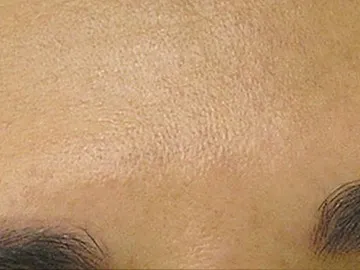
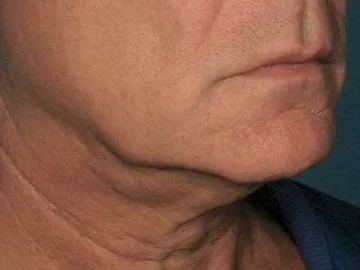
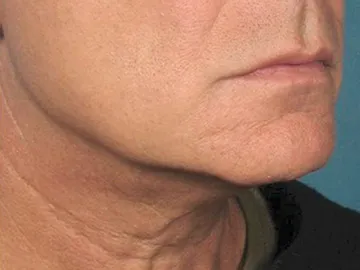
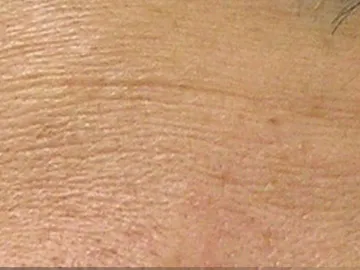
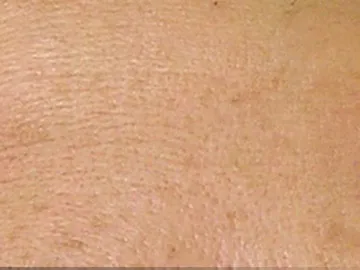
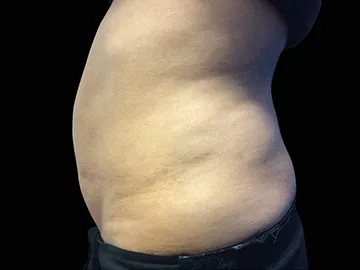


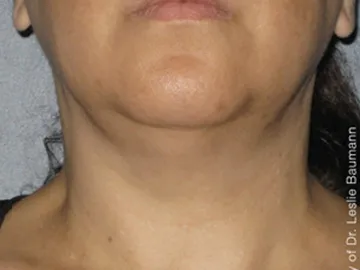
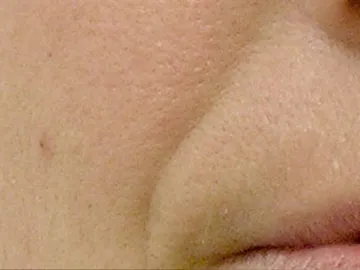


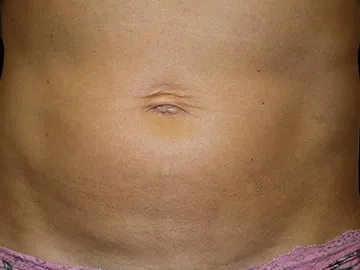

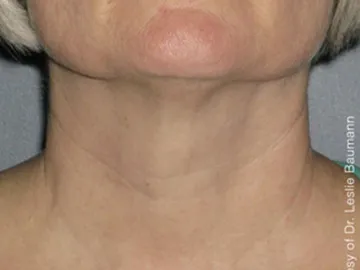
Dr. Tulsyan and his entire staff were welcoming and professional. The office is like a spa. Dr. Tulsyan is very caring and explained everything to me. My legs have never looked or felt better! I highly recommend Dr. Tulsyan to anyone needing vein treatments.
Dr. Tulsyan is an awesome doctor who is extremely knowledgeable about leg veins. I have been going for months to treat my problematic leg veins. The results are phenomenal. I appreciate how caring, thorough and professional everyone at the office is. From the moment you walk in they really make you feel comfortable. The office is super clean and follows all guidelines for COVID19. I will continue going back for the excellent service!
Heritage Vein and Aesthetics is a wonderful experience. I went in for the HydraFacial and Emsculpt. My skin is glowing after the facial and I am already seeing a difference in my abs after 2 sessions. Nicole and Nikita are very professional and friendly. The office is extremely clean and relaxing. I will definitely be back!!
I love this place! Nicole is the best, my skin has shown dramatic change with the hydro facials! They have great products you can purchase for the best results. 10/10 recommend!
Friendly place! Really love it here & have always been satisfied with my services. Nicole is great at what she does & so is the doctor, forgot his name but he did my PRP sessions! Great results with PRP, facials, & hair laser removal Thank you
Thank You Nicole, you are amazing! 🤗 Every time I go to you, I leave the office satisfied. From facials to laser hair removal…love the results!! The whole staff is incredibly professional, makes you feel special. Great Experience.
Nice office. Professional staff. Dr. Tulsyan is an excellent doctor. Highly recommend.
I no longer suffer from leg pain or restless leg syndrome. Thank you Dr. Tulsyan!
Great experience at Heritage! Nicole who did my treatments and Nikita at the front desk are wonderful - super organized, professional and friendly. The treatment room was very clean. Nicole listened to my concerns and provided great service. Highly recommend!!
What an amazing experience! From the moment I walked into the office and was greeted by the warm and lovely woman at the front desk, and the very kind and welcoming Director Teri, I knew I was going to be very happy. My treatment was wonderful. Nurse practitioner Saneeha sat with me before the treatment and thoroughly explained the process and answered all of my questions. I was instantly comfortable and confident I was in the right place. She was absolutely incredible from beginning to end. I couldn’t have asked for a better experience. Will most definitely be back!!
Truly the nicest office staff I have ever met. They are extremely helpful, kind, and warm. Plus, the results were amazing. The staff is very knowledgeable, thorough, and overall great at what they do! I have no complaints. I will definitely come to them for any future aesthetic needs!
I had the most amazing experience here! The hydrafacial was excellent. The staff was very friendly, warm and took the time out to answer all my questions. I highly recommend Heritage Veins & Aesthetics! Will definitely be back.
Came here for RF Micro needling the other day and it was one of the best experiences I've had. I've never been so happy with my skin before, I would 10/10 recommend this place to all my friends and more. They offer a variety of other treatments as well, I highly suggest you check them out!
A+ facilities, welcoming and knowledgeable staff! Wide breadth of services offered at this newly renovated clinic (was recommended by a friend). Highly recommend the hydra facial!
wanted to thank Dr Nirman and Team at Heritage Veins and Aesthetics! had a procedure done earlier today using Radiesse which is a calcium based agent that was injected in both sides of my jaw. results have been great in such a short time where my jaw looks much more defined and chiseled and cannot wait to see the post results in a few days!
Self care for women is a need . Dr Norman validated that by not only helping to look good but also feel good. This is an awesome spot for hydro facials & emsculpt . Feels like home with super expertise . Keep it up Tina & Norman
I came here for a hydrafacial and emsculpt. The place was incredibly clean and they were taking extra precautions for Covid. The staff was professional and welcoming. The facial was relaxing and my skin was glowing immediately. The emscuplt felt like a work out and I could see and feel results the very next day. Would highly recommend and can’t wait to bring my girlfriends here!
Tried this place out as it was recommended by a friend and so glad I did. The Hydrafacial was exactly what my face needed after 6 months of quarantine and mask-wearing. My service was done by a Nurse Practitioner named Saneeha which made the whole experience feel so much more legitimate then just some random day spa. She was super knowledgeable, patient and informative. She even showed me the gunk that came off my face in the vile (i know, TMI). I immediately bought a package to go back monthly for these hydrafacials. The EM Sculpt was a surprisingly a pleasant experience and definitely felt it the next day. Definitely recommend this spot for hands-on and professional care. This is not a bunch of random contractors working on your face and body and they are priced well for that huge advantage!!
I have been lucky enough to have experienced tons of spas including medical spas in the past. Someone I know suggested Heritage because I was looking for a hydrafacial after a long summer spending a lot of time outside. The prices were intriguing especially compared to NYC so I gave it a try. I was obviously a little hesitant about going to a new place during Covid times and I have a ridiculously high standard of cleanliness. This place was immaculate. I actually looked for a misstep in cleaning and couldn't find one. They have HEPA filtering/air cleaning system throughout and the staff were all wearing masks and when treating they were also wearing shields. It's not only clinically clean it was also warm, inviting and the treatment room had that spa feel I like. Saneeha Toor is extremely knowledgeable and I would trust her with any treatments she offers...and there are many, including a brand new EmSculpting machine that intrigued me. The hydrafacial was awesome though and I would highly recommend it to anyone. She will spend time with you before and after and offer any of her own services as well as DIY treatments to keep up with the healthy skin routine. I don't ever write reviews, and I have to say, I was compelled to do so after my visit there because it was so professional, clean, affordable and exceeded my high expectations.